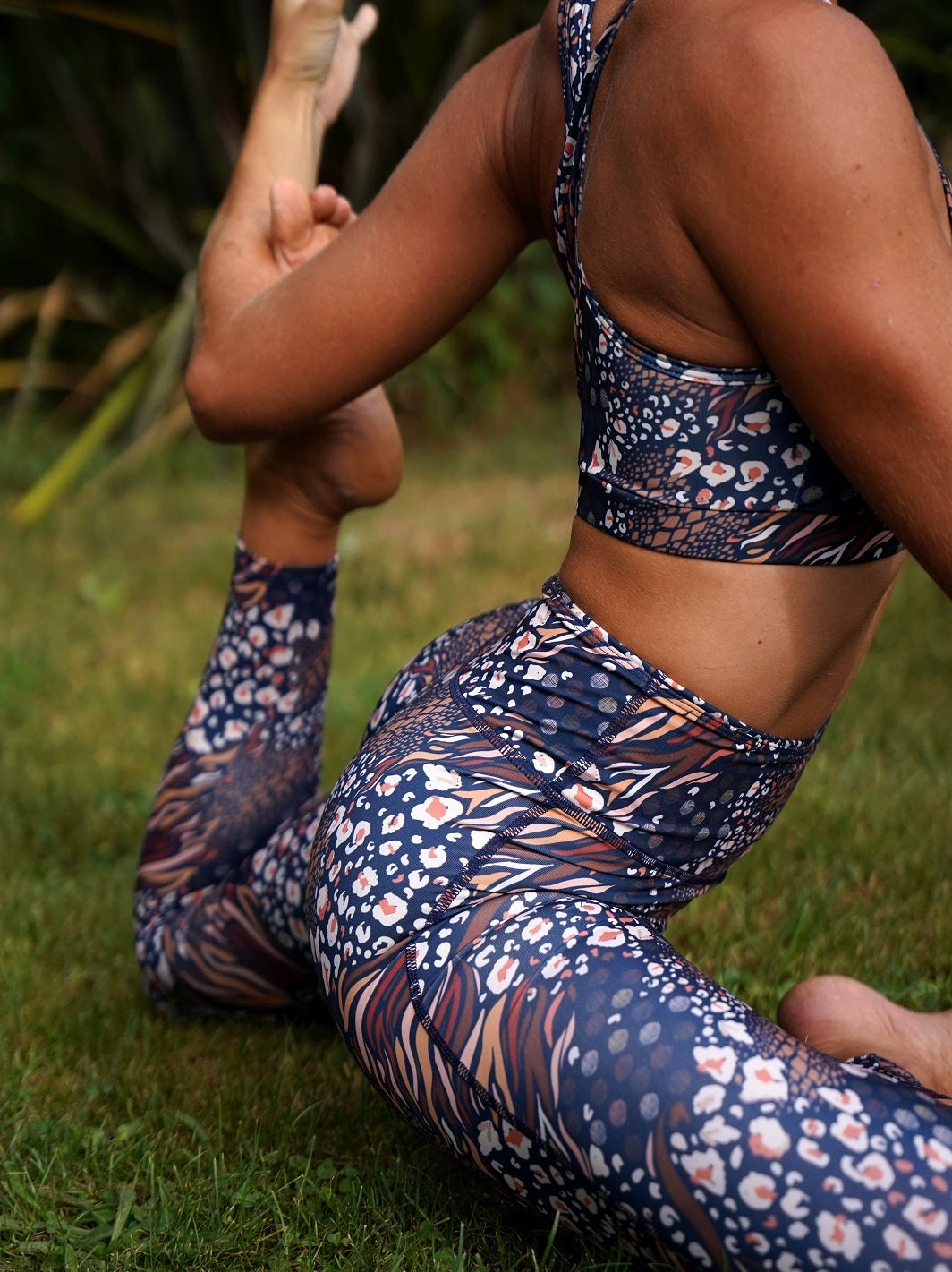This article is additional information regarding the personal development exercise proposed for the month of August (Contemplation - I take the time to savor the tranquility) in our positive affirmations card game .
“Of all human activities, walking is perhaps the one that best opens us to the inner life. We are talking here about autotelic walking, that is to say walking which is not necessarily intended to lead us somewhere and which has no other goal than itself. » affirmed Christophe André, psychiatrist and regular columnist on France Inter in the show La vie Interiore on July 13, 2017.
On closer inspection, a whole flock of philosophers and men of letters walked regularly and in the same place, to clarify their already very brilliant ideas.
“Walking prevents thoughts from freezing: when I walk straight, my mind stops going in circles…” continued Christophe André, still in the same show.

Around -335 BC, Aristotle liked to teach philosophy to his students by wandering the streets of Athens and this little habit influenced the name given to his school called “peripatetic” from the Greek peripatetikós “who likes to walk”.
A word that we knew well, but with a completely different meaning.
The German philosopher Immanuel Kant and the Japanese philosopher Kitaro Nishida walked in the same place every day, one in Königsberg, the other in Kyoto.
Jean-Jacques Rousseau also shared this pleasure: “Walking has something that animates and enlivens my ideas.”
The Danish theologian and poet Søren Kierkegaard, for his part, once wrote to his sister-in-law “I know of no thought so heavy that one cannot stride away from it.”
Unless you are a great thinker or a famous writer, walking remains entirely accessible to ordinary people.
What if we learned walking meditation to stop ruminating on our thoughts and contemplate life around us?

As you can see, walking meditation is a form of active meditation that only differs from “traditional” meditation by the standing posture and the eyes remaining open.
When you start meditation or find yourself in a deep state of mental agitation, it is surely easier to start meditation by walking than on a zafu.
Quite simply because it is easier to be aware of your body and its surroundings when it is moving.
A people perfected walking meditation without knowing it. Édouard G. Stiegler, after having observed the Afghan caravanners for a long time, named their technique “ Afghan march”.
The principle is to follow your footsteps and although you will certainly not have the objective of traveling more than 60km per day in a caravan in the middle of the Registan desert, the use of this technique quickly causes abundant oxygenation of all our cells, very regenerating.
When it's too hot to do yoga , walking meditatively in the forest is a great alternative!

Here are 5 tips for a relaxing walking meditation:
1. Go alone
Here's a perfect excuse to leave children, dogs and goldfish at home. Walking meditation can be practiced alone, or with a little experience, in a group.
To start, choose to take a walk without anyone to avoid the temptation to chat and therefore not really meditate.
2. Manage your breathing rhythm
Use the proven technique of the Afghan caravanners. The breathing + walking combination makes us think of a kind of walking yoga.
Start by breathing through your nose, taking your inhales and exhales all the way through.
You can try the following rhythms:
- 3/3 or three steps while inhaling and 3 steps while exhaling. Although physiologically unnatural, it is the ideal rhythm to get your bearings. Don't hesitate to adjust according to your own breathing and the length of your steps so that the experience is pleasant.
- 3-1 / 3-1 or 3 steps while inhaling, 1 step holding the breath then 3 steps while exhaling and again 1 step holding the breath. This rhythm will suit you once you become familiar with the 3/3 rhythm.
3. Determine your route before you leave
Determine your route before you step out the door, preferably in a beautiful location surrounded by nature. Failing that, opt for a park, a garden, a beach or around a lake.
Avoid places that are by definition stressful and crowded with people such as roadsides, supermarkets, shopping areas and parking lots!
Knowing exactly or almost exactly where you're going takes the mental burden of being your own GPS away from you so you can fully concentrate on your walking meditation.
4. Stay focused
As in a classic meditation session, pay attention to thoughts and let them pass, like clouds. Focus your attention on your steps, on your breathing.
Don't think, count! In this way, each step that treads the grass will be fully conscious and as the travel writer Nicolas Bouvier said: “Ideas that we harbored for no reason leave you; others, on the contrary, adjust and make themselves to you like the stones of the torrent. »
5. Choose a positive affirmation
To go a little further in your meditative walking session, what could be more pleasant than adding a little positive affirmation, to repeat in rhythm with your steps?
There are positive affirmations for everyone and although you may already have your list of favorites, we share with you the ones that we have found to be the most beautiful and powerful for reconnecting with yourself:
“I trust life, I trust myself. »
“I love myself and I am loved. »
“I feel calm coming over me. »
“I am grateful for all the experiences I have already had. »
“I anchor myself in the present. »
“I enjoy the tranquility. »
So, did this make you want to try?
Discover the personal development exercise proposed for the month of September: Calm your mind through breathing!
Discover here our eco-responsible yoga outfits made in France from recycled materials, perfectly suited to practicing all types of yoga!
And to not miss any news from Géopélie, subscribe to our newsletter here at the bottom of the page 👇 we only send a maximum of two per month!
Photo credit :
- Alexandra Mirghe
- Andraz Lazic
- Motoki Tonn
- Clem Onojeghuo
Sources:
- Heart of Yoga Blog
- Wikipedia The Afghan March
- TV show France Culture The inner life - La Marche
- Wikipedia The Peripatetic school





Leave a comment